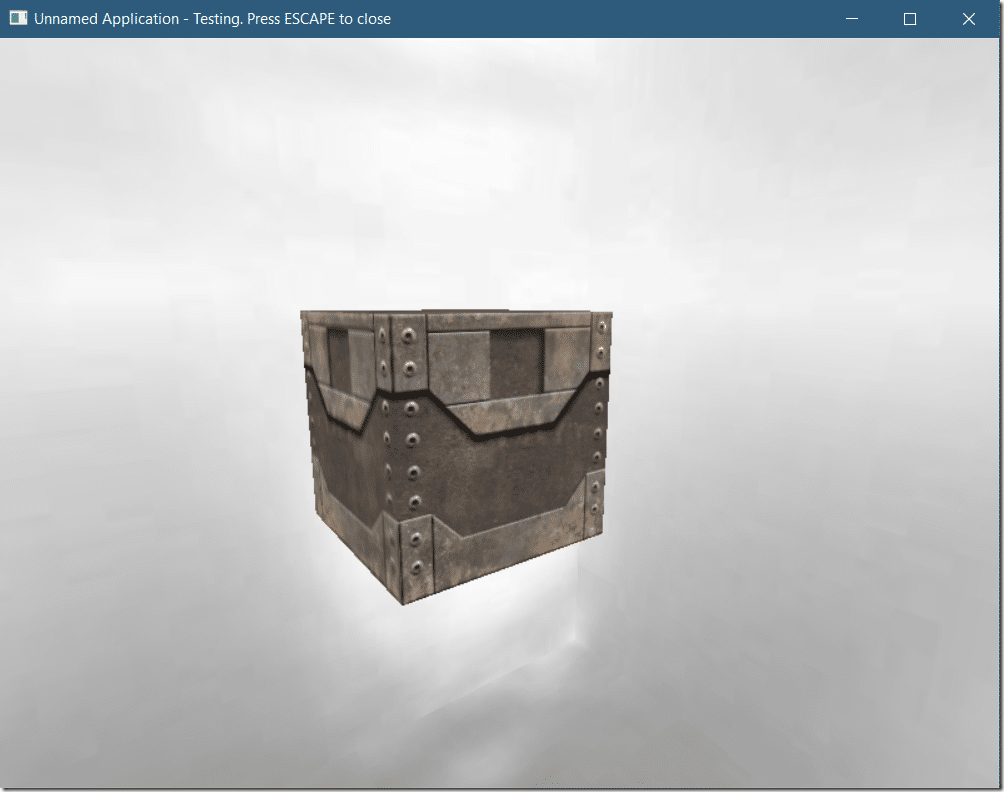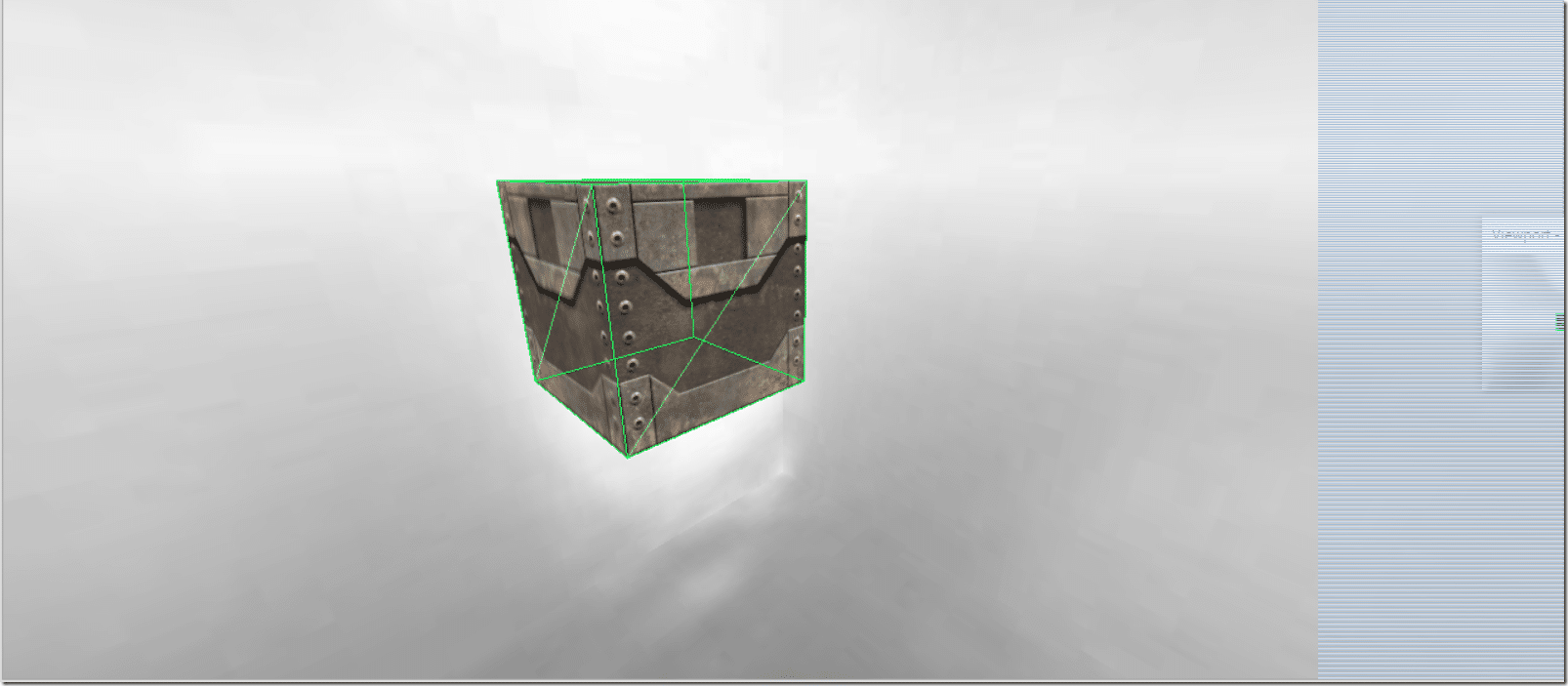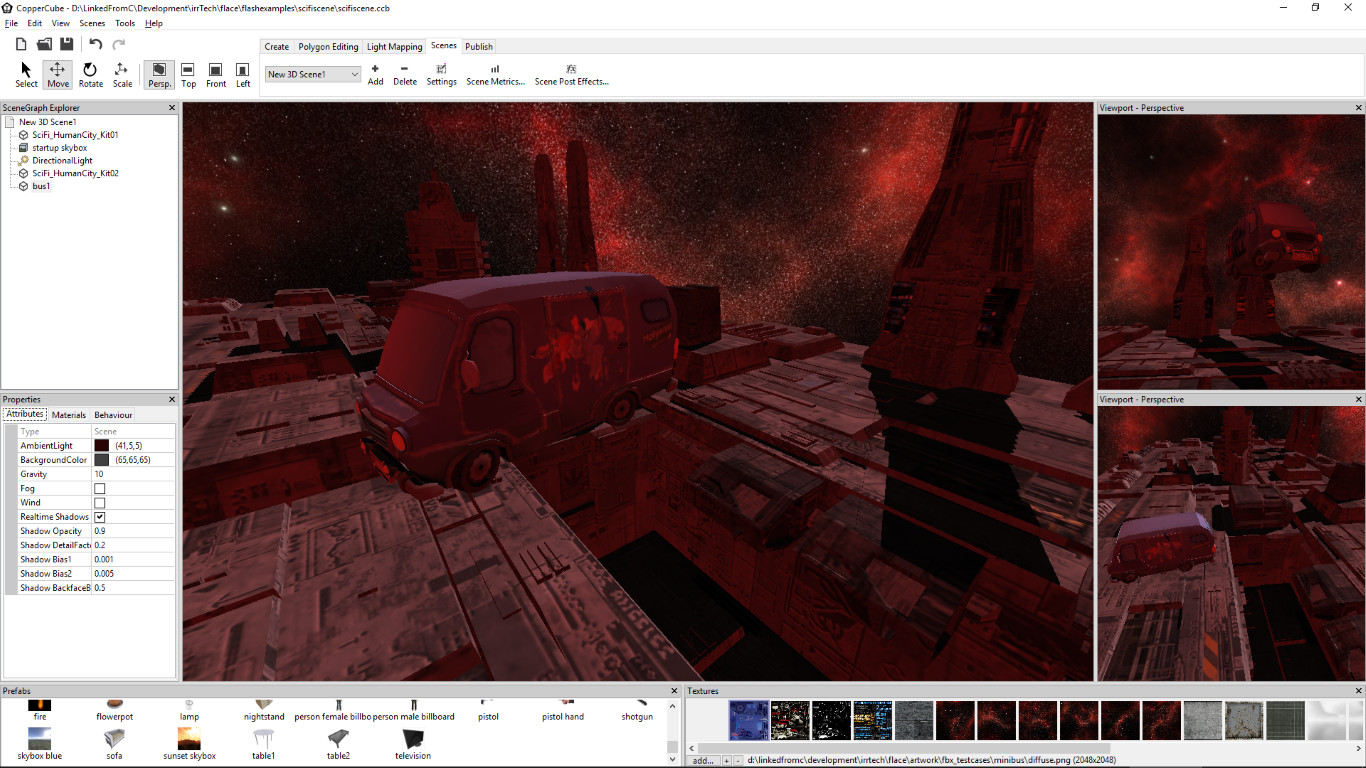

- #Coppercube 6 tutorial how to#
- #Coppercube 6 tutorial software#
- #Coppercube 6 tutorial download#
- #Coppercube 6 tutorial free#
This will start the download from the website of the developer. Click on the Download button on our website.
#Coppercube 6 tutorial how to#
How to install CopperCube on your Windows device: Your antivirus may detect the CopperCube as malware if the download link is broken.
#Coppercube 6 tutorial software#
We have already checked if the download link is safe, however for your own protection we recommend that you scan the downloaded software with your antivirus. The program is listed on our website since and was downloaded 2274 times. Just click the green Download button above to start the downloading process. The download we have available for CopperCube has a file size of 5.24 MB. This version was rated by 12 users of our site and has an average rating of 2.9. The latest version released by its developer is 6.6. The company that develops CopperCube is Ambiera e.U. CopperCube is compatible with the following operating systems: Other, Windows.
#Coppercube 6 tutorial free#
There are a number of different properties you can set for water such as how high waves should be, the color and transparency effect when the camera is below water, the direction water should flow, etc.CopperCube is a free software published in the Other list of programs, part of Graphic Apps. Now simply position your water above your terrain so some surfaces are above water and some are below, like so: Size similar to the terrain object, or simply chose the defaults. This controls the size of the created water while tile count determines the mesh density. You will then be shown the following dialog: Or right click and select Insert->Create A Water Surface. In the Create panel, select a water object: So, let’s look at how you can add some water to your game level. One thing that is noticeably lacking is water. Using this combination of tools you can create just about any kind of terrain for your game. You can also hold down the shift key while painting to erase the grass under the brush on the terrain. You can control the size of the painted grass using these two boxes: This one can be used to draw grass sprites on the terrain: This can be thought of as a way to randomize the surface. This tool works like smooth, but instead of rounding down edges, this one just straight out pushes the surface down evenly, attempting to flatten the surface.

This one is pretty straight forward, left-click over a surface and it will be smoothed out over time. This simply smooths out edges and can be used to make less sharp edges. Up to increase height to a hill, down to create a valley.

Left-click to change elevation, move the mouse up and down instead of left and right. This works almost identically to the Raise/Lower tool: You can go one step further tweaking high elevation(which will also change the texture between Ground, Middle, and High as it goes up and down) using the Mountain/Valley tool Now left-click and it will replace the texture in the selected area.Ĭan be used to raise and lower the terrain below the brush.Ĭlick and drag left to lower, drag right to raise. Now you can paint textures in the viewport. With this selected, choose a texture from the texture window, the selected tile will be tinted: The first one is selection, that should be obvious enough. Now let’s take a look at the different editing options. This is handy because if you move the parent, all of the children will move as well. Notice how the trees appear below the Terrain in the list? This is because they are children of the Terrain. You can select each individual tree, deleting, or moving them as you see fit. Notice in the SceneView that in addition to a terrain object, several tree meshes were also created: Notice the Terrain Editing window? This contains the options available for editing your newly created terrain object. Click OK and your terrain object will be created. Under Topology, you can determine what the highest point in your created terrain while Topology describes how the three different options, hills, deserts, and flat options. Textures enable you to specify the texture used at ground level, mid-level, and at high points of the terrain, but we will stick with the defaults for now. Side Length determines the size of your terrain along each axis, while Tile Size determines the density of the generated terrain. There are several different things you can control here, decorations will result in grass and trees being populated in your game world. This will display a Create Terrain dialog window: You can accomplish the same thing by right-clicking the viewport or selecting the root of the scene in the SceneGraph explorer and select Insert->Create terrain. In the Create panel select the Terrain icon. We will start by creating a terrain object. Now let’s populate our game work with some terrain, trees, water and more.


 0 kommentar(er)
0 kommentar(er)
